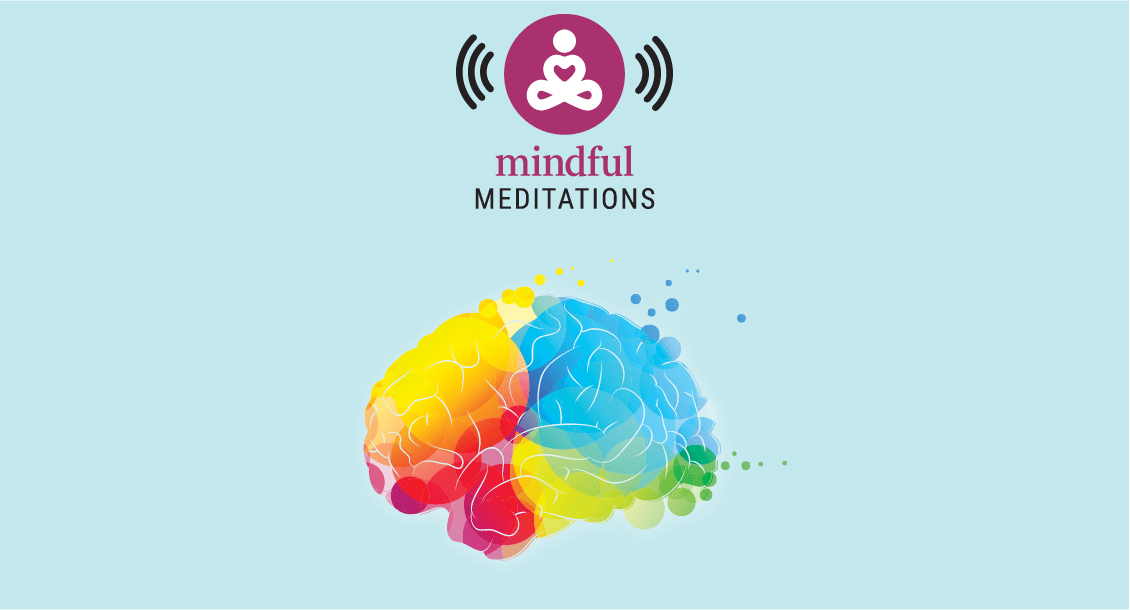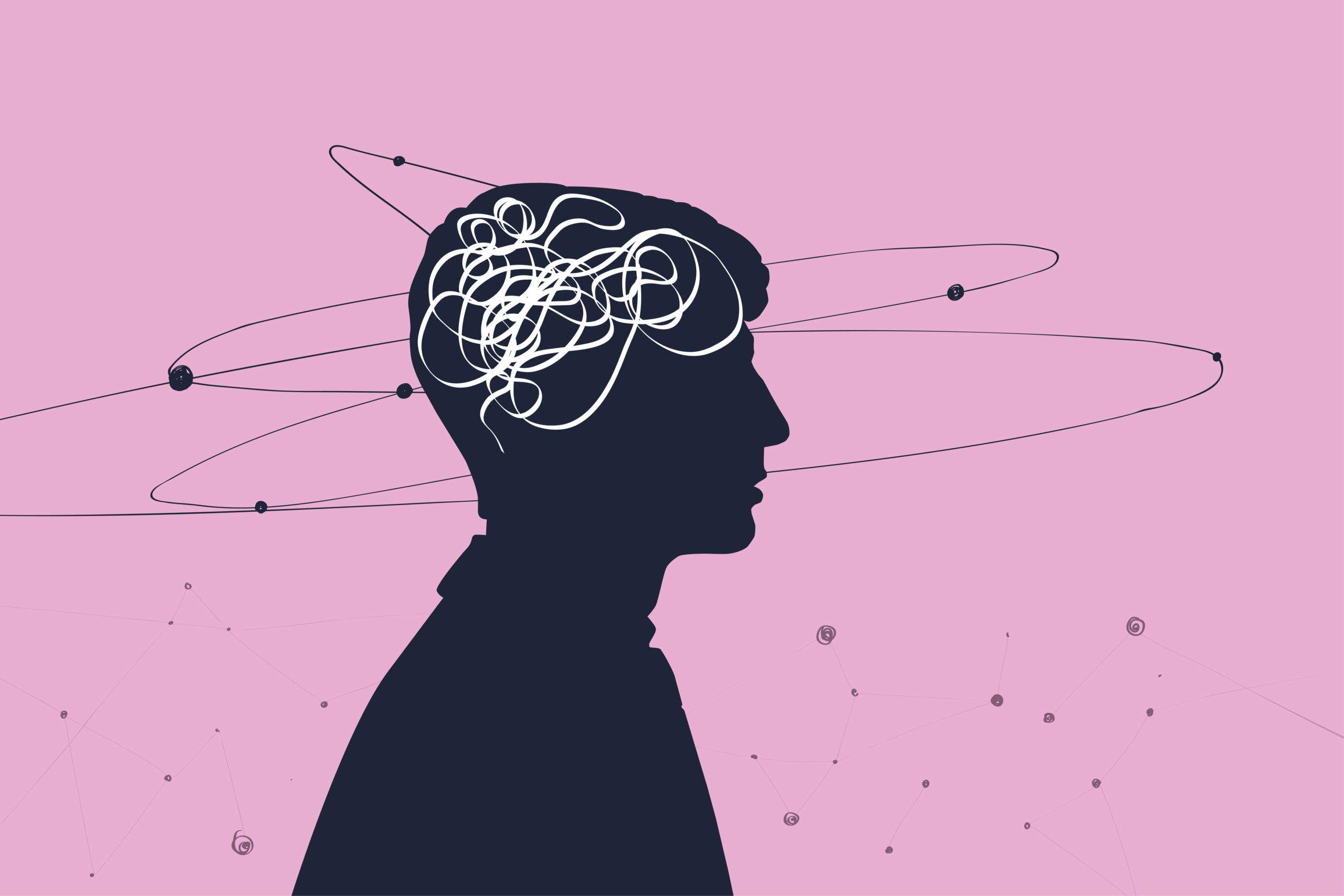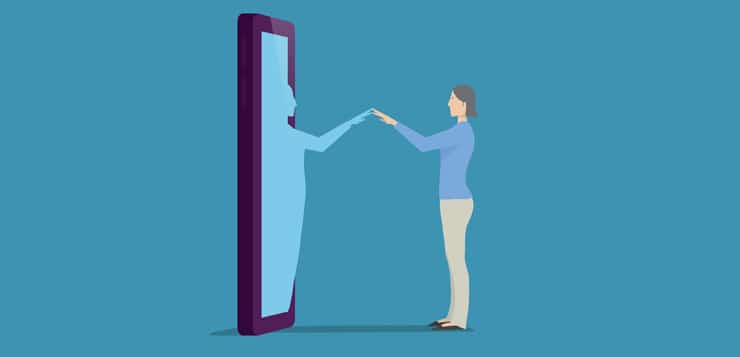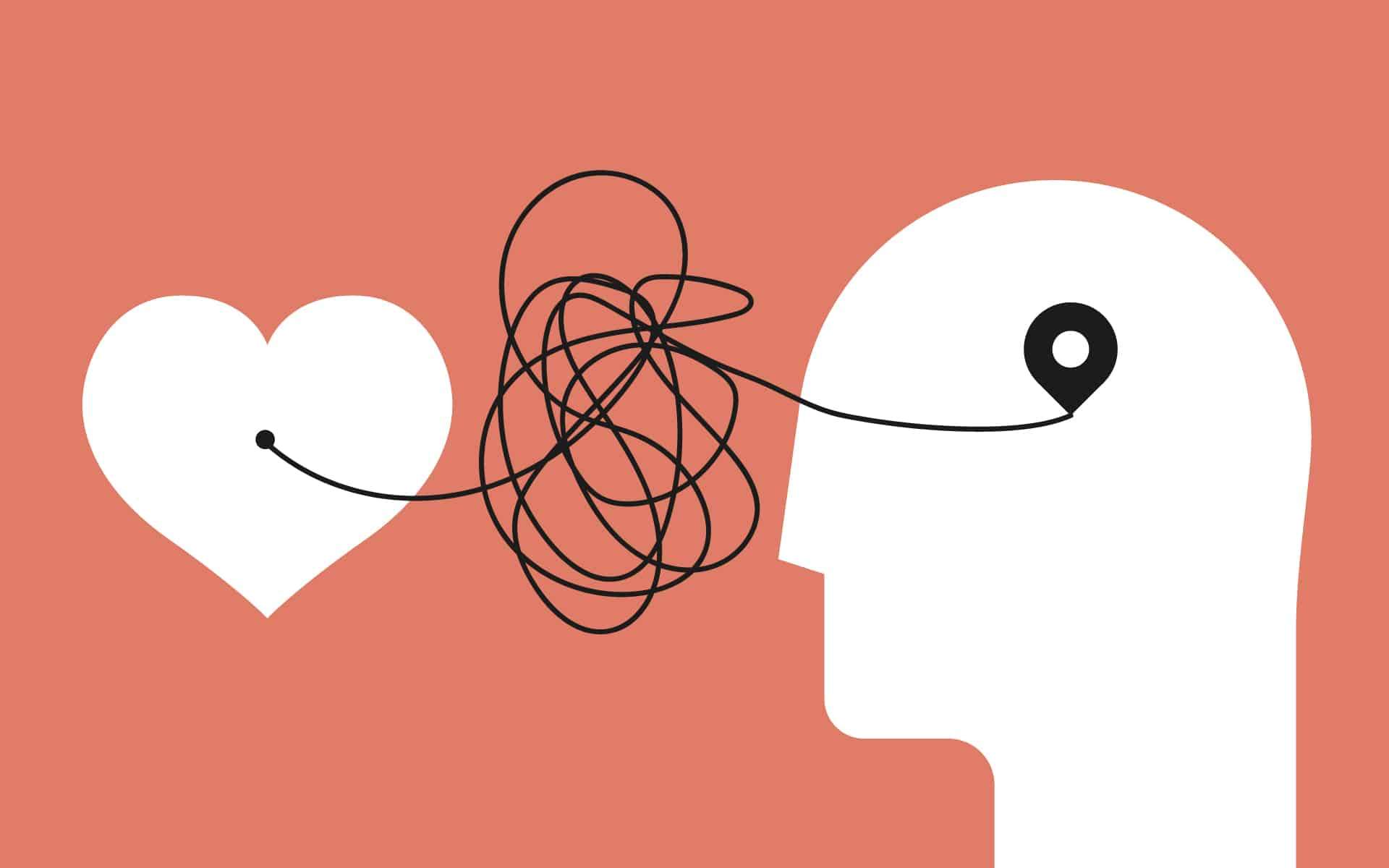At the University of Miami, my research team and I study the impact of mindfulness training on high-demand groups like soldiers, first responders, and elite athletes. We research questions about their psychological and cognitive resilience, as well as their ability to perform at their best when circumstances are extraordinarily stressful. The bad news is that over high-stress intervals, their mood sours, cognition fails, and performance suffers as they go on autopilot. The good news is that mindfulness training protects against these effects and helps them bounce back. Findings like these lead me to ponder the role of mindfulness in boosting our collective resilience.
Cognitive Biases and Your Brain
First, let’s discuss what we’re up against—the three built-in features of the human brain that may contribute to the spread of false information and divisiveness.
- The brain has a truth bias: The moment you understand something you read or hear, your brain believes it’s true. This is why the moment just after is so critical. This is when your brain does the cognitive work of assessing if new information should be “un-believed.”
- The brain has a novelty bias: Attention is captured by novel, surprising, fear-inducing information, whether on your social media feeds or generated in your mind. Novelty’s ballistic and automatic pull on your attention can happen without your awareness, over and over again.
- The brain has a confirmation bias: What you believe narrows your attention. Information that aligns with what you already believe is given precedence in your attention networks,
while disconfirming information goes virtually unnoticed. To halt the rise in false narratives and divisiveness, we must overcome these brain biases. This means we need to be aware of the ways in which the brain can lead us astray.
Falling for the Truth Bias
It is a cornerstone of democracies around the world that they highly value free speech: We believe ideas should be freely expressed. Just like a marketplace for produce, democracy is a marketplace of ideas; and just like fruits and vegetables, ideas can be inspected and selected for consideration, or disregarded.
This deeply held belief that humans are capable of comprehending ideas before accepting or rejecting them undergirds modern science and our democratic freedoms. It also resonates with our intuitions about how we think: We feel we are capable of understanding and evaluating an idea before deciding if it’s true. But the research does not support this intuitive take. Many studies have now confirmed that understanding an idea and believing in its truth occur simultaneously—it’s only after that initial belief that we can engage in further cognitive processing to un-believe an idea. Why? Because the brain’s capacity to comprehend ideas—which is an evolutionary outgrowth of its capacity to perceive sights and sounds from the environment—has a built-in “truth bias.” Seeing something co-occurs with your belief in its actuality. You see a cup on your table, and you don’t question whether it is really there or not. Seeing is believing. And, it turns out, comprehending is believing, as well.
In research studies, participants who are overloaded or time-pressured and told that the ideas they presented are false, still believe them to be true. They even make consequential decisions guided by this false information. This happens not only when participants are told the ideas are false after they are presented or as they are presented, but also before they are presented.
How does this happen? Again, studies suggest that after the initial belief stage, we further probe ideas to test their truthfulness, but we need three things to do so: knowledge, reasoning, and cognitive resources (attention and working memory). When participants were overloaded with demands or time-pressured (conditions that deplete attention and working memory), they failed to un-believe false information, because they lacked the cognitive resources to do so.
Economic uncertainty, social unrest and political divisiveness, personal grief, hardship, and frustration describe some of the causes and consequences of our collective experience. In other words, the conditions are ripe for depleted attention and working memory—and there has been a commensurate rise in the spread of false information. Which brings us to another feature of your brain: Your attention is captured by novelty.
Why Your Brain Loves Novelty
Our brains evolved to pay attention to information that is novel, surprising, and fear-inducing because that skill gave us a survival advantage. Now, false information (not sad or inspiring—but novel and fear-inducing information) spreads more rapidly, broadly, and deeply than true information, according to a study of viral Twitter posts. And we can’t blame it on bots. The researchers found that people are uniquely culpable for the disproportionate viral spread of false information. In addition to being captured by novelty, information processing is narrowed by confirmation bias. We selectively pay attention to information confirming our already held views, becoming increasingly blind to disconfirming or contrary information. This makes us more entrenched in our views and breeds divisiveness.
Novelty’s ballistic and automatic pull on your attention can happen without your awareness, over and over again.
To make matters worse, we are no longer living in a broad marketplace of ideas. For over a year now, the pandemic has constrained our social outings in the real world; meanwhile social media algorithms are creating social silos, where people interact almost exclusively with others who share the same views. And, even if you have managed to keep a multitude of perspectives in your social media feeds, anonymity and lack of direct face-to-face contact with others has eroded civility. Civil discourse, which has been a corrective force against false news, is a rarity. So, what can we do about this?
How to Practice Un-Believing
Many of us lean on our mindfulness practice in our personal lives to help us manage distressing thoughts and feelings generated within our own minds. We learn to pay attention to body sensations in the here-and-now, when a difficult memory or a worry threatens to overwhelm. We remember that thoughts are not facts, which loosens their grip on us. We embody compassion and kindness.
And now, we must apply mindfulness in our social and political lives. The good news is that mindfulness training bolsters the cognitive fuel we need to resist our brain biases. There is growing evidence that mindfulness training strengthens attention and working memory, even in high-stress circumstances. Alongside our dedicated mindfulness practice, we need to do the cognitive work to un-believe false information. We can use our knowledge, reasoning skills, attention, and working memory to evaluate information as true or false, and actively work to un-believe it when false. This involves noticing when our attention has been grabbed by novel, fear-inducing content. We notice if it’s overly narrowed on confirmatory information, and remember that we have the power to redirect and broaden our attention. This practice allows us to be intentional before we act. Start by not mindlessly clicking, liking, retweeting when online.
Just knowing we have biases doesn’t unhook us from them, because many of our judgments are routed in processes we don’t have conscious access to. We think others are prone to bias, but that we are exempt. Not so—we just have a blind spot for our own biases. Knowing this means we must have humility. We must take note of how often we have civil discourse and dialogue with those who don’t share our views. Our bubbles will keep us insulated from reality unless we challenge ourselves to engage with those outside of our bubble more often.
By engaging in mindfulness practice, we are strengthening the very capacities we need to curb the spread of false information, reduce divisiveness, and expand understanding. Mindfulness in action is how we give peace a chance—in our own minds, and in our communities.
This article was updated in April 2025. The original version of the story appeared on mindful.org in January 2021.
read more
Understanding Your Brain’s Attention System
Learn how stress, mood, and feeling threatened can affect your attention.
Read More
The Life Cycle of Thoughts and Why Your Brain Needs a Filter
Every thought has the potential to lead to an action, which is why it’s important to hold our ideas lightly. Andrew Safer explores the impact of thoughts and how we maintain a distance from them that helps us know how to proceed.
Read More
Thoughts Are Not Facts—But They Speak to the Power of Judging
We have a natural tendency to think that the thoughts we generate in our minds are our own. We need to make room to evaluate new information that seeps into our minds.
Read More











